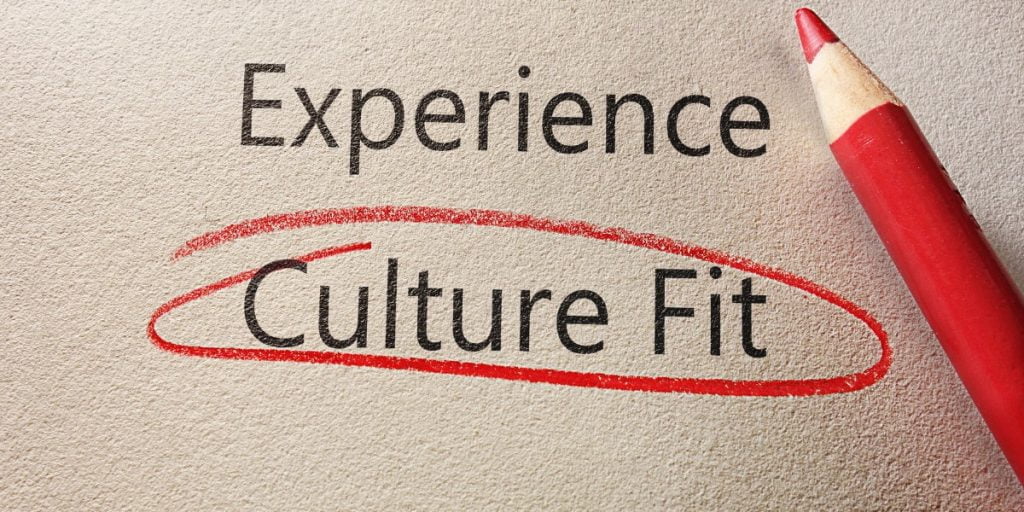
Over 1.1 million international professionals make up nearly a third of Singapore’s 3.4 million-strong workforce. This diversity is further amplified by the presence of more than 7,000 multinational corporations.
As one of the Four Asian Tigers alongside Hong Kong, South Korea, and Taiwan, Singapore holds undeniable regional significance. Its economic power is enriched by a multicultural tapestry of customs and traditions. For companies, particularly those focused on C-Suite recruiting, grasping this cultural complexity is crucial.
As a leading Asian economic powerhouse enriched by multicultural diversity, understanding Singapore’s cultural complexity is key for companies looking to succeed there. In particular, businesses focused on senior executive recruiting must align candidates’ cultural fit with professional expertise.
Achieving the balance is vital to effectively navigate Singapore’s dynamic landscape and diverse workforce. By integrating cultural awareness with strategic hiring, companies can assemble leadership teams positioned to thrive in Singapore for the long-term.
Table of Contents
Benefits of Prioritising Cultural Fit in C-Suite Recruiting

C-suite executives play a pivotal role in shaping business strategy and organisational culture. Research shows leadership’s influence on culture can significantly impact performance, especially in diverse environments like Singapore. There are several key reasons why hiring culturally-aligned leaders is critical:
1. Driving Performance & Change
Studies from MIT show companies that prioritise cultural fit when recruiting executives are five times more likely to achieve breakthroughs. 72% of leaders also attest (PWC) that strong culture is vital for leading change initiatives successfully. Aligned leaders rally their teams more effectively.
2. Retaining Top Talent
In Singapore’s high-attrition environment, positive culture is key for retention. 57% of local workers have considered resigning (SHRM), with only 55% viewing their corporate culture as favourable. Culturally attuned leadership fosters an inclusive culture that retains talent.
57% of workers have considered resigning due to dissatisfaction with their company’s culture. Only 55% view their own corporate culture positively. This underscores the need for culturally-aligned leadership that can build an inclusive and engaging culture.
3. Boosting Productivity & Engagement
Research from Arbinger indicates that aligned executives increase productivity by 46% and employee engagement by 38%. Leaders that embody company values inspire teams to higher performance levels. This underscores why cultural fit at the top is an imperative.
For any business looking to sustainably grow in Singapore’s multifaceted landscape, hiring culturally-aligned C-suite leaders provides measurable advantages across performance, retention, morale, and more. The data shows it’s not just recommended, but vital for success.
Also Read: Constructive Feedback for Employees: 5 Tips for Employee Growth
Consequences of Ignoring Cultural Fit in C-Suite Recruiting

Bringing on a C-suite executive without cultural alignment can severely impact an organisation and its bottom line. Negative ramifications emerge through multiple vectors:
1. Costly Turnover from Culture Clashes
SHRM shows that turnover stemming from culture mismatch can cost a company 50-60% of the departed executive’s annual salary. Replacing an executive is a massive expense, especially factoring in recruiting costs, lost productivity, and onboarding.
2. Exacerbated Attrition Rates
This mismatch amplifies turnover rates and strains budgets. When leadership lacks cultural alignment, top talent is more apt to voluntarily resign, fueling ongoing attrition. Our insights into why employees resign from high-paying roles further prove the vital importance of cultural fit at the top.
3. Toxic Environments Erode Performance
Beyond direct costs, cultural misalignment breeds conflict in the workplace that erodes team dynamics. When executives don’t reflect company values, it permeates divisions and depresses morale across the board.
The fallout includes plummeting morale and productivity. Unengaged, frustrated teams deliver subpar results, creating more problems than aligned leadership solves.
Also Read: Mental Health in the Workplace: Factors, Impact & How to Improve
4. Breakdowns Cascade Through the Ranks
Moreover, one wrong executive hire lacking cultural suitability reverberates through the organisation. The aftermath often shows up as communication breakdowns, weakened cohesion, and sinking motivation – all hampering performance.
When divisions lose faith in leadership, isolation, politicking, and dysfunction inevitably follow. This cascading damage makes proper cultural vetting for the C-suite non-negotiable.
The data spotlights why cultural alignment must be top-of-mind when adding C-suite leaders. The financial, cultural, and productivity pitfalls of getting it wrong make getting it right an indispensable priority.
Strategies to Optimise C-Suite Recruiting

C-Suite recruiting in Singapore is no walk in the park. It’s a game that requires strategy. You can dive deeper into our recruitment tips & strategies to get it right. Cultural fit? It’s more than just a buzzword; it’s a cornerstone.
Aligning this with your C-suite recruitment and talent acquisition tactics is the key to success. Here are our most important strategies in hiring C-suite candidates:
1. Define Your Company’s Culture
Before evaluating a senior executive’s cultural fit, clearly define your organisation’s culture. Consider your company’s values, environment and objectives to understand desired leadership traits and behaviours that align.
Inquire internally to involve staff:
- What are our core values?
- What environment do we want?
- What goals and methods will achieve this?
- Invite employee feedback and suggestions.
Once the culture is well defined, assess candidates’ fit. Seek those sharing organisational values with similar working styles. For instance, if collaboration is key, pursue leaders with a proven collaborative track record, like successfully directing cross-functional teams.
An example is BNP Paribas Real Estate, where executives mandated adopting a new business development approach top-down. Despite initial work with sales champions, companywide training was still required as the issue spanned all functions.
This shows that whilst leadership can instigate change, ongoing input from all staff embeds it. Regular feedback highlights gaps between intended and actual culture, refining initiatives towards desired behaviours. Evaluate cultural alignment perpetually.
2. Use Behavioural Interviewing to Gauge Cultural Alignment
Whilst customary interview questions have some merit, rehearsed responses may not illuminate actual workplace conduct. Consider behavioural techniques for deeper insight on fitting company culture.
This involves the candidate depicting specific prior situations and their reactions. Comprehending handling of varied circumstances indicates cultural congruence regarding expected executive traits and behaviours. Probe leadership style, communication approach, conflict resolution and achieving collective goals.
A LinkedIn survey found 86% of hiring managers rate behavioural interviewing as effective for appraising soft skills, which 60% struggle to evaluate. Additionally, the structured format of behavioral interviews promotes fair and legally sound candidate comparisons, aligning with workplace fairness legislation.
These numbers demonstrate this method’s prevalence at senior levels to assess leadership agility across diverse scenarios. Tailor questions to your cultural priorities and evaluate patterns signalling misalignment early on. Assess conduct fit continually after appointments through regular feedback.
3. Leveraging Diverse Stakeholders to Evaluate Fit
Cultural alignment assessments benefit from varied viewpoints. Seek input across the leadership team, staff and HR on executive candidates. Each provides unique perspectives based on relationship proximity regarding values and collaboration fit.
For instance, executives supply comparisons on leadership chemistry and strategic alignment. Employees detail day-to-day culture and work style clashes. HR examines employment histories flagging environment adaptation challenges.
Ensure hiring criteria clarity for objective feedback. Everyone must evaluate appointments based on cultural contribution; not just technical ability or chemistry with individuals.
For example, at Apple, candidates interact with around 12 staffers across functions. As Steve Jobs asserted, even marketing hires meet technical teams because anyone could veto for culture mismatch. Collective responsibility cements standards through workgroup exposure. Continual engagement post-hire also enhances acculturation.
Wrapping Up
Singapore’s diverse business landscape demands more than just expertise. It calls for a deep understanding of cultural fit, especially in C-Suite recruiting. The data speaks for itself: cultural alignment impacts productivity, retention, and overall company morale.
As the stakes in C-Suite recruiting rise, prioritising cultural fit isn’t just an option—it’s essential. For businesses aiming to thrive in Singapore, the right leadership, aligned with the company’s values and the nation’s unique cultural fabric, is the key to success.
In need of cultural alignment in your next C-Suite hire? Contact us, one of the leading recruitment agency in Singapore, for expert guidance.
